|
The fifth AFLW Indigenous Round will take place this weekend with the marquee Dreamtime match being played for premiership points between Richmond and Essendon taking place in Darwin for the first time. 'Spirit Strong, Game On' is the theme this year and sees each club wear a dedicated guernsey and six clubs swap their name for traditional in-language names. Let's take a look at the meaning behind each club's dedicated design to celebrate the land on which they play our game. 

Kuwarna (Adelaide Crows)Designed by: Men's forward Izak Rankine who has worked alongside his cousin, artist Harley Hall, in a celebration of their shared Ngarrindjeri heritage. Meaning: Highlighting key parts of their heritage as Ngarrindjeri people, it's also a nod to Rankine's football journey encompassing his childhood in South Australia, moving to the Gold Coast, and returning to Adelaide as a Crow. The artwork includes the names of all of Adelaide's past and present Indigenous players. The AFL, SANFL and now the AFLW side have all worn the same design. 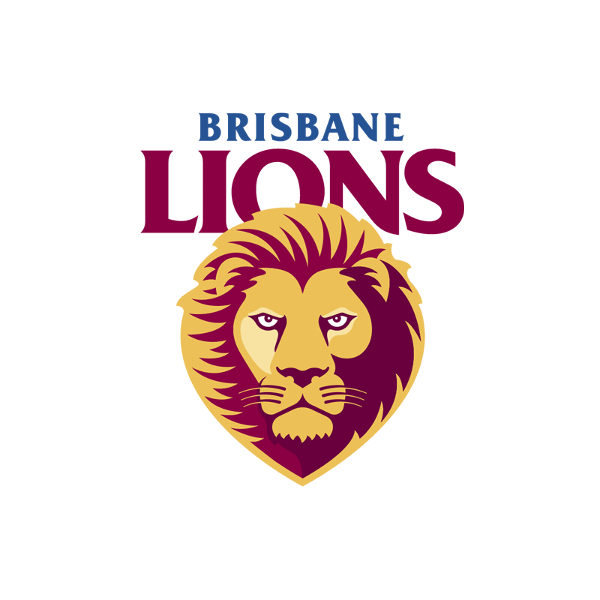
Brisbane LionsDesigned by: Renee Wilson, a relative of men's player, Charlie Cameron. Meaning: Titled 'The story of Merri Dilangka', the AFLW side will wear the same guernsey as the men, to symbolise their unity as one club. The design represents past, present and future. The past is represented by the first three people to land at Mornington Island, the present depicts the land and main food source, as well as a nod to the stolen generation and the effect it still has on the Lardil people. The future is represented by an artwork symbolising maintaining culture and land and passing on traditions to children. 
CarltonDesigned by: Stewart James (cousin of Zac Williams in men's program). Meaning: The artwork is called 'Ngiyanhi', meaning 'we all'. Incorporating elements of club history and elements from Wiradjuri culture and the totems of the three AFL Indigenous players on the list in 2024. This is the first time that all four Carlton teams (VFL, VFLW, AFL and AFLW) will wear the same Indigenous guernsey, to represent one club. 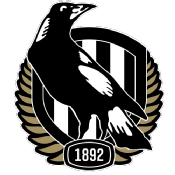
CollingwoodDesigned by: Uncle Trevor Davis, a Wadjuk, Ballardong, Wilman, Wongi and Noongar man (father of former Collingwood player and Collingwood cultural development manager, Leon Davis). Meaning: Named 'Healing', the artwork represents the healing process which the Club has undergone in recent years. The symbolism of rain represents a cleansing of the club, and the centre of the artwork represents the Collingwood Football Club, that it is a meeting place for all people across the land to come together to share their experiences, and the footprints represent the people travelling to the club. 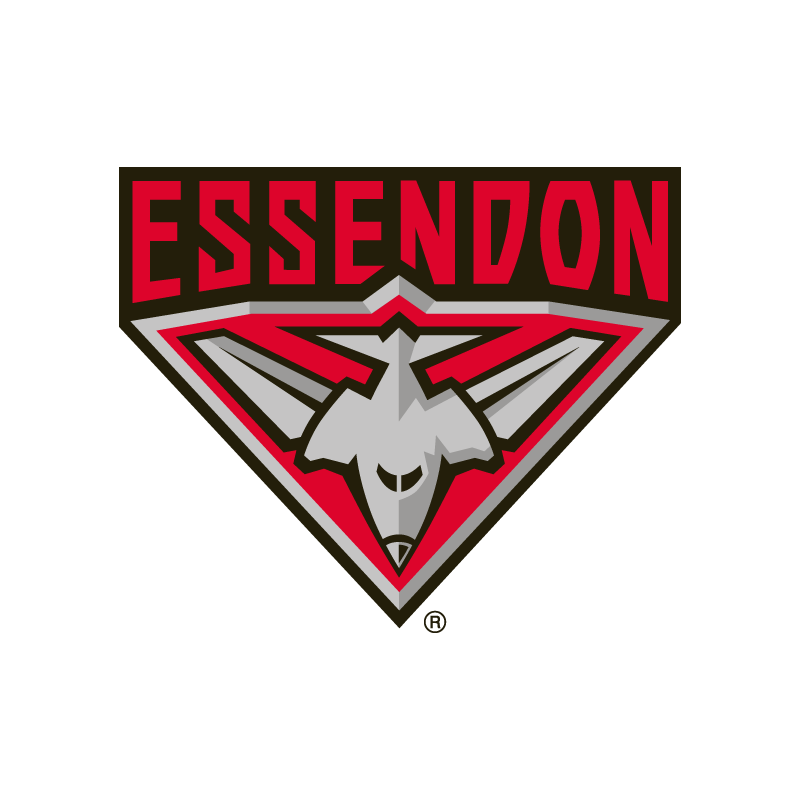
EssendonDesigned by: Tiwi artist Russellina Puruntatameri. Meaning: The design draws inspiration from a profound Tiwi legend, the tale of Purrupali. Purrupali took his son to the sea (winga) where Wayai, the grieving mother of Japarra, cries every night. This symbolizes the enduring connection of the Tiwi people to their land, sea, and ancestors. The inclusion of sunrises and sunsets represents the eternal cycle of life and the significance of Arringu (Rock) from Melville and Bathurst islands as protectors of the Tiwi people. 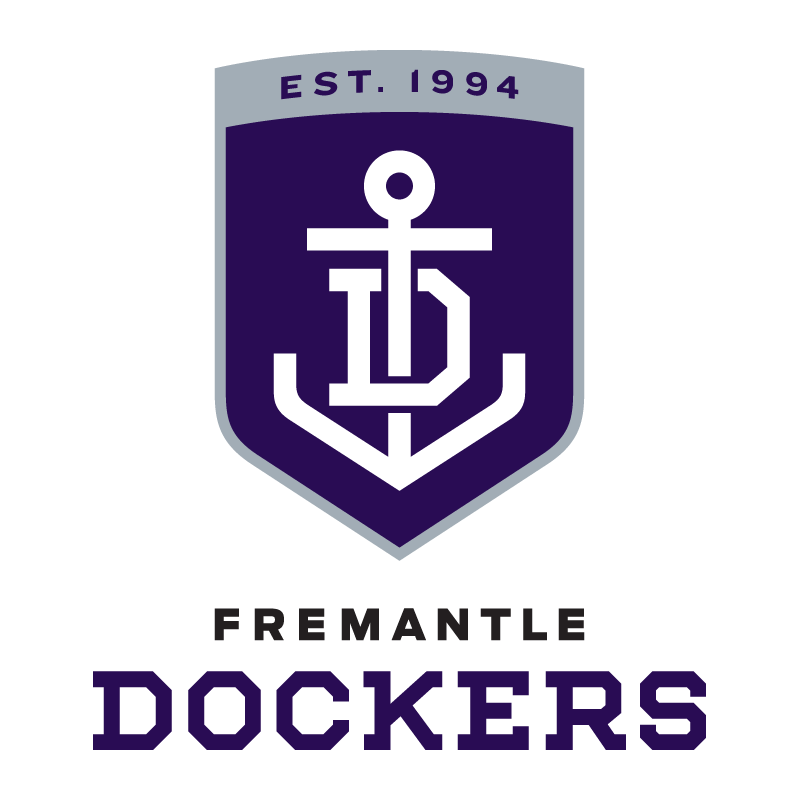
Walyalup (Fremantle Dockers)Designed by: Former Walyalup AFLW player Tiah Toth and her sister Breeanna Haynes. Meaning: The jumper tells the journey of Toth's footballing career, playing 24 games for Walyalup between 2017 and 2022, dealing with multiple injury setbacks along the way. "The story for me is more about my journey through the Football Club, obviously being able to come back twice with the luck of being drafted again after a couple of injuries," Toth said. Walyalup 
GeelongTBC 
Gold Coast SunsDesigned by: Yugambeh and Bundjalung artists Christine Slabb and Kyle Slabb. Meaning: Worn by both men's and women's programs, the design is inspired by Garrara, the language name of a long lagoon that ran south to north along what is today known as the Gold Coast. Represented by the feather motifs are Bilin-Bilin (rainbow lorikeet), Dun-Dun (swamp pheasant) and Mibin (eagle). 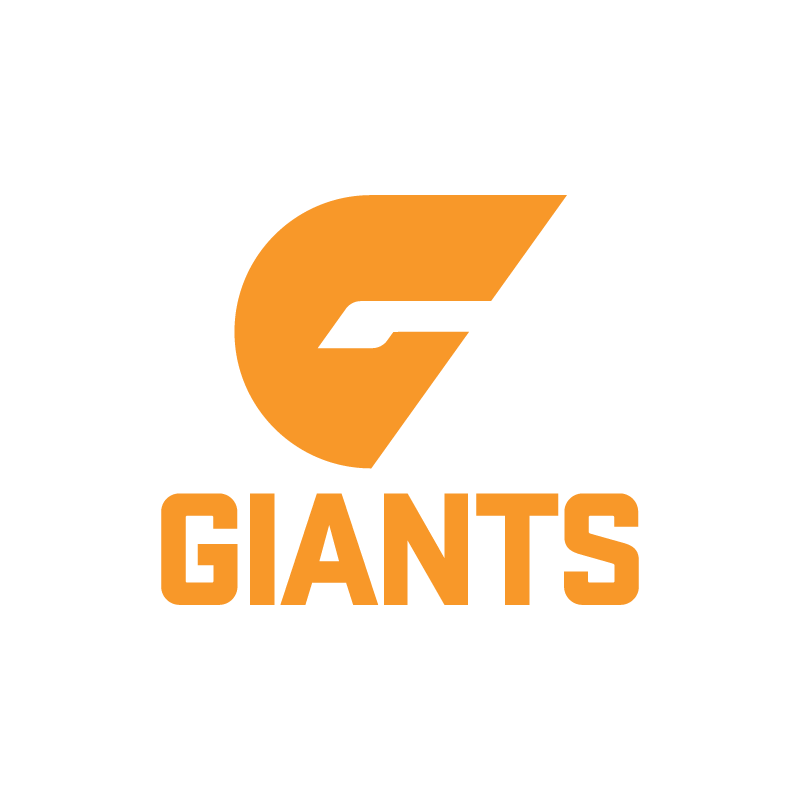 GWS GiantsTBC 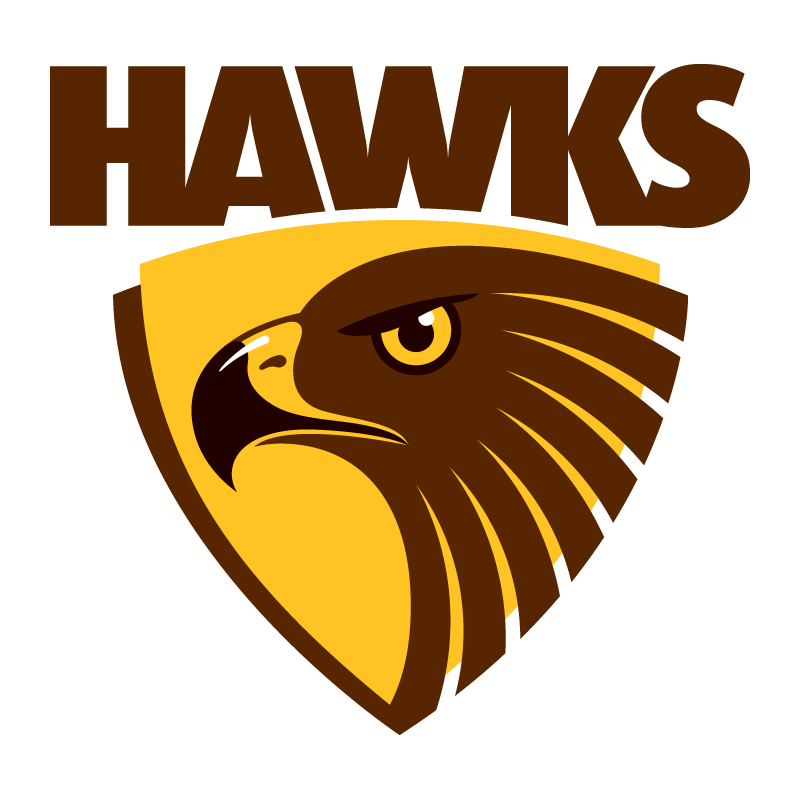
HawthornDesigned by: Whadjuk, Ballardong and Eastern Arrernte artist Jade Dolman. Meaning: The design tells the story of Hawthorn's AFLW journey and the three First Nations players in the club's history in Kaitlyn Ashmore, Mattea Breed and Janet Baird, which the three circles represent. The three lines between those represent the three foundational pillars of people, football and sustainability. The back of the guernsey shows the rain that nurtures the seeds of growth and development, as well as the people coming together in celebration of football and resilience, surrounded by community and football supporters. 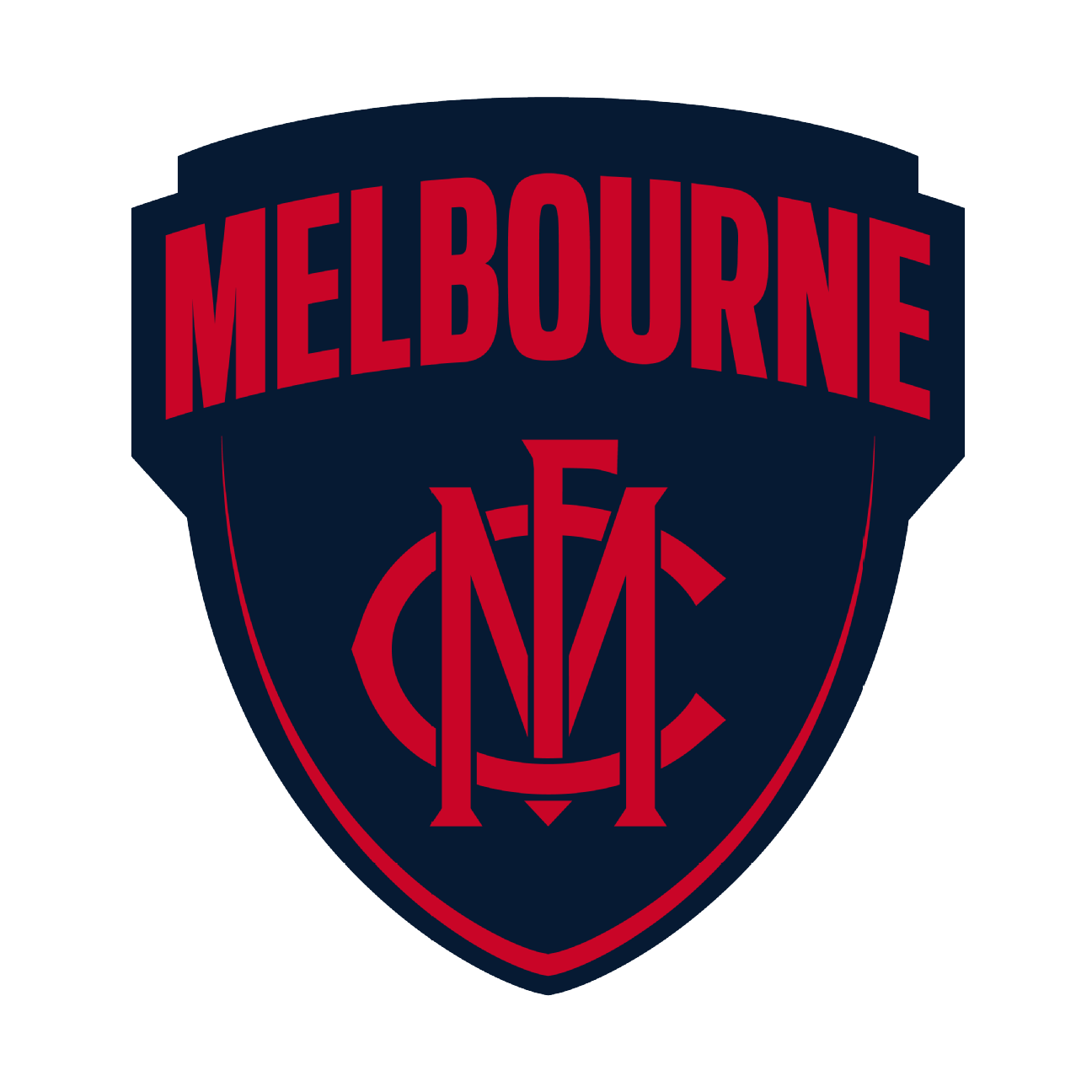
Narrm (Melbourne)Designed by: Mali Isabel, an Arabana and Kokatha artist living on Kaurna Country. Meaning: Titled "My Heart Beats True", the design was first unveiled when the men's side wore it during the Sir Doug Nicholls round. Mali's design is centred around a heart, and tells the story of her younger brother and passionate Demons fan KC Melbourne Herriman-Place. After suffering from cardiomyopathy, his first cardiac arrest at just 11 years old, KC received a heart transplant in 2020. The family say the club has been a big part of their healing journey. 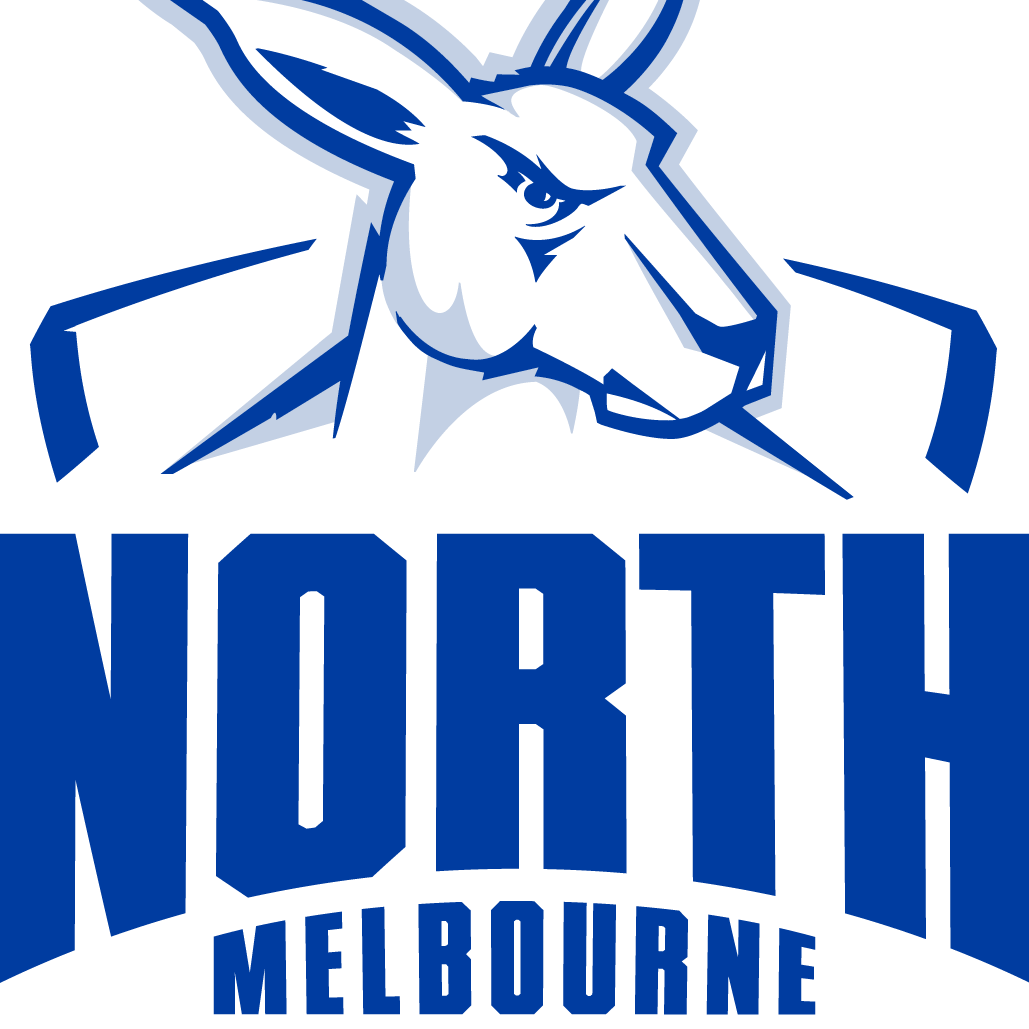
North MelbourneDesigned by: Wemba Wemba, Gunditjmara, Ngadjonji and Taungurung artist Emma Bamblett. Meaning: Titled 'Kangaroo Way' the artwork is inspired by North Melbourne's First Nations players and its existence on Wurundjeri Country. The foundation of the guernsey incorporates the traditional stripes with symbols throughout paying homage and respect to Bunjil and the Wurundjeri people, the Traditional Owners of the land on which Arden Street Oval sits. Kangaroos tracks throughout the design represent the journey of the club. A waterhole and a half Sherrin symbol represent the waters that surround Arden Street Oval and of course, football. 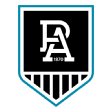
Yartapuulti (Port Adelaide)Designed by: Yartapuulti midfielder Jasmin Stewart. Meaning: Stewart blended artwork created by her late grandfather into her design, which pays tribute to the story of her Nan who was taken forcibly from her family as a child as part of the Stolen Generation. 
RichmondDesigned by: Maurice Rioli Jnr and his mother, Alberta Kerinauia. Meaning: Worn by the men's sode earlier this year, the design speaks of the deep connection between the Rioli family and the Richmond Football Club. Maurice Rioli Senior played 118 matches for Richmond and was a Norm Smith and Jack Dyer medallist. Fittingly, the two-family totems -- the turtle (father) and the crocodile (mother) -- represent family ties to the Tiwi Islands, just 100km north of where the AFLW Dreamtime fixture will be played. 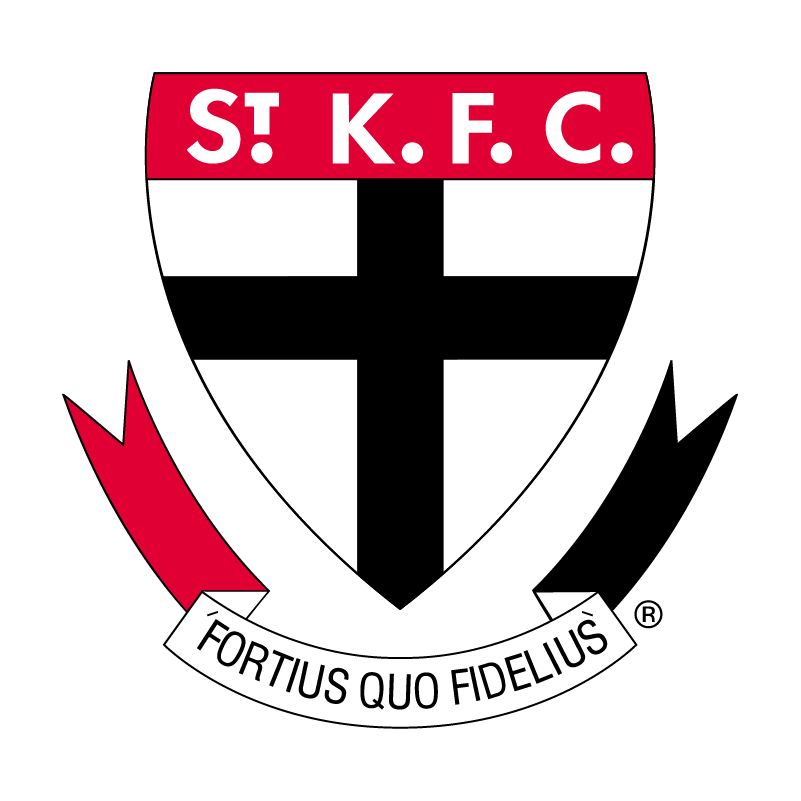
Euro-Yroke (St Kilda) Designed by: Wagiman man and Indigenous artist, Nathan Patterson. Meaning: The design shows the water and waves of Port Phillip Bay, moving to the sandy shorelines and through to the coastal vegetation further in-land; all meeting as one earth under the stripes of Euro-Yroke. There is also a symbol of mobs journeying to a central gathering point, in this case, the club.  
Sydney SwansDesigned by: Artist and GO Foundation Alumni Lua Pellegrini, a proud Wiradjuri woman. Meaning: Pellegrini becomes the first artist to have designed a Marn Grook guernsey for both Swans teams. The front of the new design represents the AFLW team, and the circles show they are surrounded by people in the community, coming together to support them. 
Waalitj Marawar (West Coast Eagles)Designed by: Yamatji artist Loretta Egan (lifelong Eagles fan and niece of renowned actor Ernie Dingo). Meaning: Named 'Ngularl' (Wedge-Tailed Eagle in Wajarri language) the design depicts an eagle surrounded by a map of Western Australia, facing East, "ready for anything that comes its way," the Artist said. "The circle in the centre represents the Eagles' nest. The U-shapes around the circle represent people sitting around the home of the Eagles. The four stars represent the four premierships we have won." The Eagle tracks show players leaving their mark. 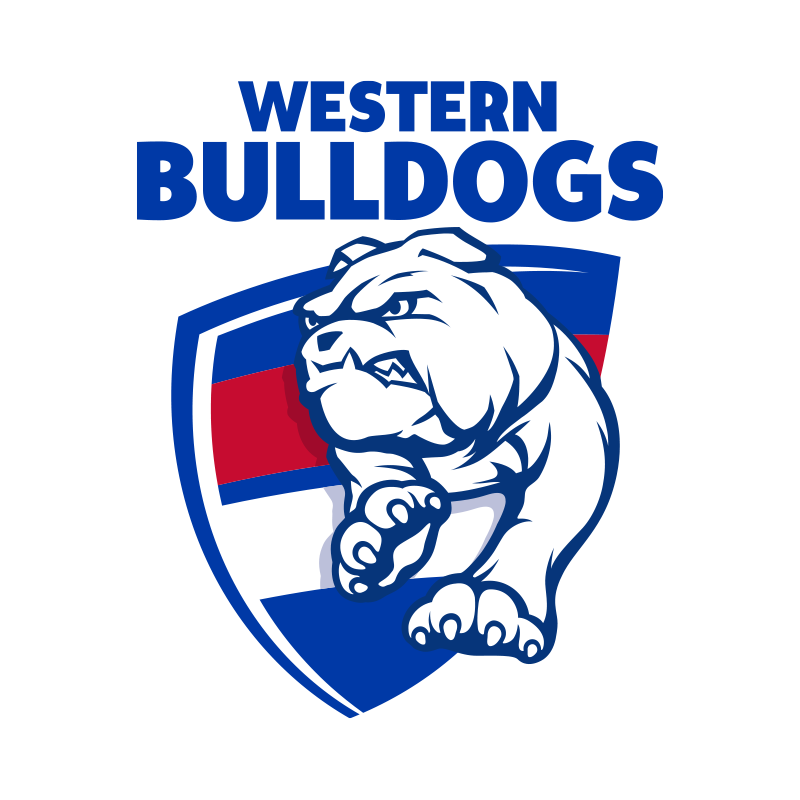
Western BulldogsDesigned by: Tarni Jarvis, a Djab Wurrong, Kirrae Wurrong and Peak Wurrong woman who lives on Wadawurrung country in Ballarat. Meaning: Wearing the same design as the men's program, the Bulldogs guernsey was inspired by Victoria's west. For the first time in the club's history, two different guernseys have been created, one for their home kit and one for their away clash. The traditional hoops have been replaced with riverways, representing the connection between different countries of the west, while the arches at the bottom symbolise mountain ranges, with communities represented alongside. The same riverways can be seen in the background of the design as well.
|
